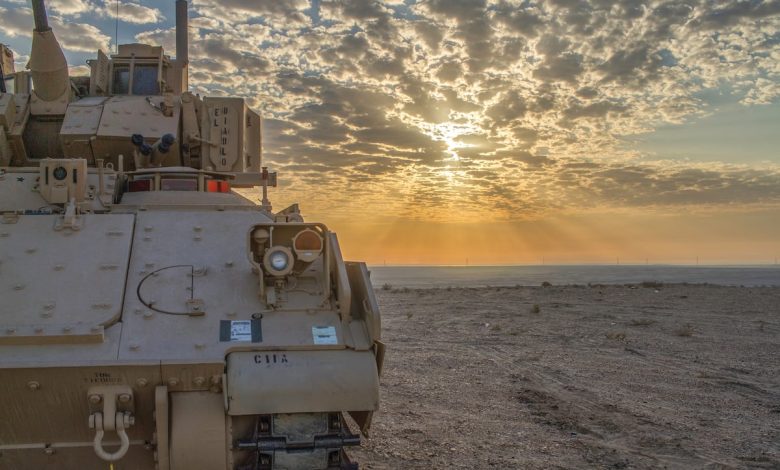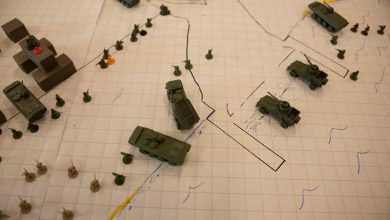Two industry teams to begin bending metal for Bradley replacement

The U.S. Army has signed off on the advancement of two industry teams into a technology development phase to build prototypes of a Bradley Infantry Fighting Vehicle replacement.
American Rheinmetall Vehicles and General Dynamics Land Systems have passed through the critical design review stage of a competition to build the XM30 Mechanized Infantry Combat Vehicles and have the green light to start bending metal, several individuals within industry and the service have confirmed to Defense News.
The individuals were granted anonymity because they are not authorized to speak publicly.
The two companies were chosen from a pool of bidders in June 2023 to proceed to the detailed design phase of the program.
The XM30 was recently called out in a memo issued by the Army secretary as a program the service is keen on accelerating, along with a modernized version of its Abrams tank it is calling the M1E3. The service is championing the program as it axes other vehicle programs like the M10 Booker light tank in low-rate production and its current Robotic Combat Vehicle program.
Both teams are designing a hybrid vehicle featuring a suite of lethal capabilities, to include a 50mm cannon, a remote turret, anti-tank guided missiles, machine guns employed through an advanced third-generation, forward-looking infrared sensor, an integrated protection suite, kitted armor and signature management capabilities, as well as intelligent fire control, Army officials have said.
The total value of both contracts awarded at the start of the design phase was approximately $1.6 billion; the overall program is expected to be worth about $45 billion, according to the Army.
The companies will build prototypes by the final fiscal quarter in 2026. Vehicle testing and evaluation will then begin. The Army plans to decide on a winner to move into production in mid-2027.
While acceleration plans are unclear, previous plans indicated that first production vehicles would then be fielded in fiscal 2029.
The Army was already moving on an aggressive schedule between completion of a preliminary design review and a critical design review, Maj. Gen. Glenn Dean, program executive officer for ground combat systems, told Defense News last fall.
Such a schedule is possible because of the designs taking place in a digital engineering environment and frequent soldier touch points in physical and virtual mockups, Col. Kevin Bradley, who is in charge of combat vehicle modernization within Army Futures Command, said in the same interview.
American Rheinmetall Defense’s team includes Textron Systems, RTX, L3Harris Technologies and Allison Transmission, as well as artificial intelligence-focused company Anduril Technologies.
General Dynamics Land Systems is teamed up with GM Defense; Applied Intuition, a specialist in modeling and simulating autonomy for the automobile industry; and AeroVironment, which is providing its Switchblade loitering munitions for integration into the design. GDLS also continues to work with General Dynamics Mission Systems to incorporate networks, radio gear and cyber capabilities.
Jen Judson is an award-winning journalist covering land warfare for Defense News. She has also worked for Politico and Inside Defense. She holds a Master of Science degree in journalism from Boston University and a Bachelor of Arts degree from Kenyon College.







